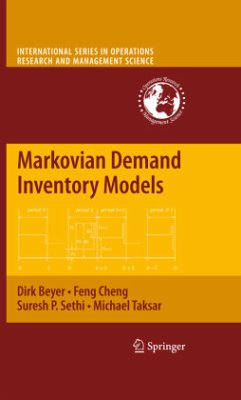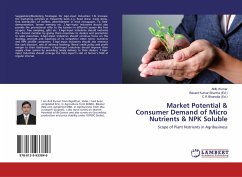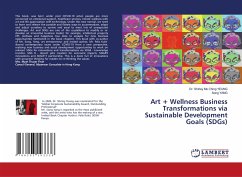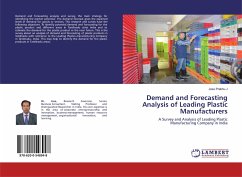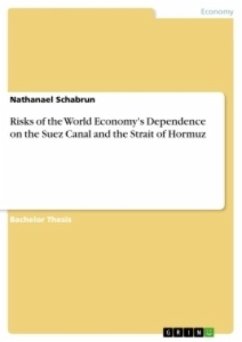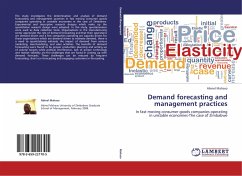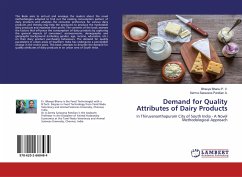
Demand for International Foreign Reserves
Energy Exporting Countries
Versandkostenfrei!
Versandfertig in 6-10 Tagen
52,99 €
inkl. MwSt.

PAYBACK Punkte
26 °P sammeln!
This book tests three alternative models of the determinants of international reserves: a model derived from the monetary approach to the balance of payments, a model derived from the buffer stock approach to the reserves,and a composite model based upon the buffer stock approach that allows for an indirect test of the monetary approach to explain international reserves.Oil-exporting countries, due to many misconceptions, have been ignored in studies of the demand for foreign reserves. Kuwait, the Netherlands, Norway, Saudi Arabia, and Venezuela are examined in this thesis on an individual bas...
This book tests three alternative models of the
determinants of international reserves: a model
derived from the monetary approach to the balance of
payments, a model derived from the buffer stock
approach to the reserves,and a composite model based
upon the buffer stock approach that allows for an
indirect test of the monetary approach to explain
international reserves.
Oil-exporting countries, due to many misconceptions,
have been ignored in studies of the demand for
foreign reserves. Kuwait, the Netherlands, Norway,
Saudi Arabia, and Venezuela are examined in this
thesis on an individual basis. The results support
the buffer model hypothesis, indicating that the
movement of foreign reserves responds negatively to
the increase of import and opportunity costs and
positively to the increase of uncertainty and the
propensity to import. However, the core of the
monetary approach hypothesis has been found to be
very effective. That is, disequilibrium in the money
market affects the level of the reserves in each
country, but differs in magnitude from country to
country depending on the level of sterilization and
the exchange rate regime.
determinants of international reserves: a model
derived from the monetary approach to the balance of
payments, a model derived from the buffer stock
approach to the reserves,and a composite model based
upon the buffer stock approach that allows for an
indirect test of the monetary approach to explain
international reserves.
Oil-exporting countries, due to many misconceptions,
have been ignored in studies of the demand for
foreign reserves. Kuwait, the Netherlands, Norway,
Saudi Arabia, and Venezuela are examined in this
thesis on an individual basis. The results support
the buffer model hypothesis, indicating that the
movement of foreign reserves responds negatively to
the increase of import and opportunity costs and
positively to the increase of uncertainty and the
propensity to import. However, the core of the
monetary approach hypothesis has been found to be
very effective. That is, disequilibrium in the money
market affects the level of the reserves in each
country, but differs in magnitude from country to
country depending on the level of sterilization and
the exchange rate regime.




